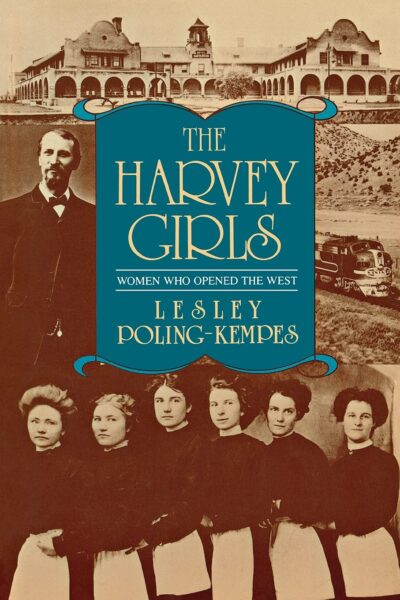uring the transformative era spanning the 1880s to the 1950s, when a group of remarkable women known as the Harvey Girls embarked on a journey westward to undertake employment in the renowned restaurants of Fred Harvey along the Santa Fe railway. In an era when the adage proclaimed, “no ladies west of Dodge City and no women west of Albuquerque,” these trailblazing individuals arrived as waitresses. Yet, their impact exceeded the confines of their original roles, as many chose to establish roots, playing pivotal roles in the development of struggling cattle and mining towns that peppered the Western landscape.
Through a combination of insightful interviews, meticulous historical research, and captivating photographs, this narrative skillfully reconstructs the unique and often challenging experience of being a Harvey Girl. The personal accounts provided offer a rich tapestry interwoven with the broader historical context these women lived through, including the hardships of the Dust Bowl and the trials of the Great Depression. Additionally, anecdotes abound featuring encounters with illustrious patrons who frequented the Harvey restaurants, such as Teddy Roosevelt, Shirley Temple, and Bob Hope, among others.
This comprehensive work stands as the definitive exploration of the Harvey Girls and their indelible impact on the Santa Fe Railway, encapsulating an era marked by resilience, tenacity, and the untold stories of those who shaped the cultural and economic landscape of the American West.
Review
“A story that seems to have completely vanished from the national memory. For giving it new life, Poling-Kempes deserves gratitude and praise.”Jonathon Yardley –Washington Post Book World










